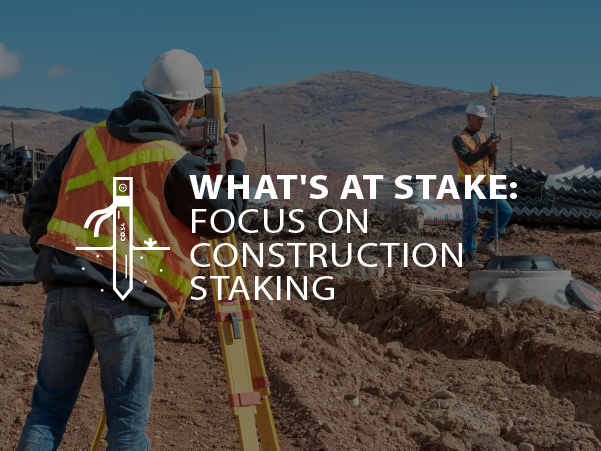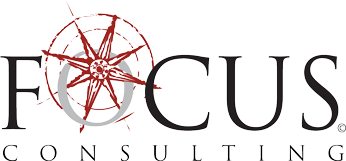
What’s at Stake: Construction Staking Across the Wasatch Front
It sounds a little pretentious to say we lay the groundwork for infrastructure, but it’s true! The Focus Construction Staking department has been around since 2007 when we first opened our doors for business. Our team focuses on this crucial step in the building process, interpreting plans, and utilizing the latest technology and tools to ensure the accuracy and reliability of a project layout.
Translating Plans for Construction
The department is responsible for translating engineering plans into construction. Those engineering plans are detailed, comprehensive, and sometimes challenging to interpret. Our 10-person field staff translates those plans into points that, when staked at the site, guide contractors.
Focus provides staking for residential subdivisions including wet and dry utilities as well as wall staking. “We tend to stake more homes than ever before,” says assistant department manager Connor Llewelyn. “We’ve also noticed a shift in the market toward multi-family and low-income, high-density housing.” Staking of commercial job sites including apartment and office buildings is also a firm specialty.
Processes and Technology Create Efficiencies
While it sounds simple, construction staking is often a complicated and time-consuming process requiring diligence and precision. “Our surveyors have spent decades refining this process while ensuring accuracy,” Connor explains. “This level of field staff experience can shave days off a project’s schedule. We know that getting stakes in faster means starting construction faster.”
Faster doesn’t mean quality is ever compromised on Focus projects. In addition to Robotic Total Stations and GSP units, the department also uses a high-accuracy digital level and invar rod for settlement monitoring. Other construction staking trends include tablet-style data collectors and a large increase of GPS-guided machines. “GPS receivers and laptops help our field crews process field data quickly and more efficiently,” describes Connor. “We are transitioning to an all-base setup in our GPS units to ensure we are consistent and accurate with vertical elevations throughout the building process.”
While you don’t need to be a licensed surveyor to stake out utilities and roadways, we’ve found clients prefer a licensed professional who carry liability insurance. With two licensed surveyors and five other employees who are pursuing professional licensure, we provide peace of mind to clients.
Quality Assurance, Quality Control
When issues or discrepancies arise, our experienced surveyors act as advocates for the client, design team, and contractor. We know there’s no room for error and re-checking a network of utilities or a curb grade takes a matter of minutes when compared to the small errors that can become complex problems as a project progresses.
“Any project can benefit from the expertise of a construction surveyor,” observes Connor. “We’re the extra QA/QC for the project team. We work quickly to resolve a problem and keep the project moving forward.”
Just like our Construction Staking team, that way of thinking is one that’s been with us from the beginning.

Leave a comment
You must be logged in to post a comment.